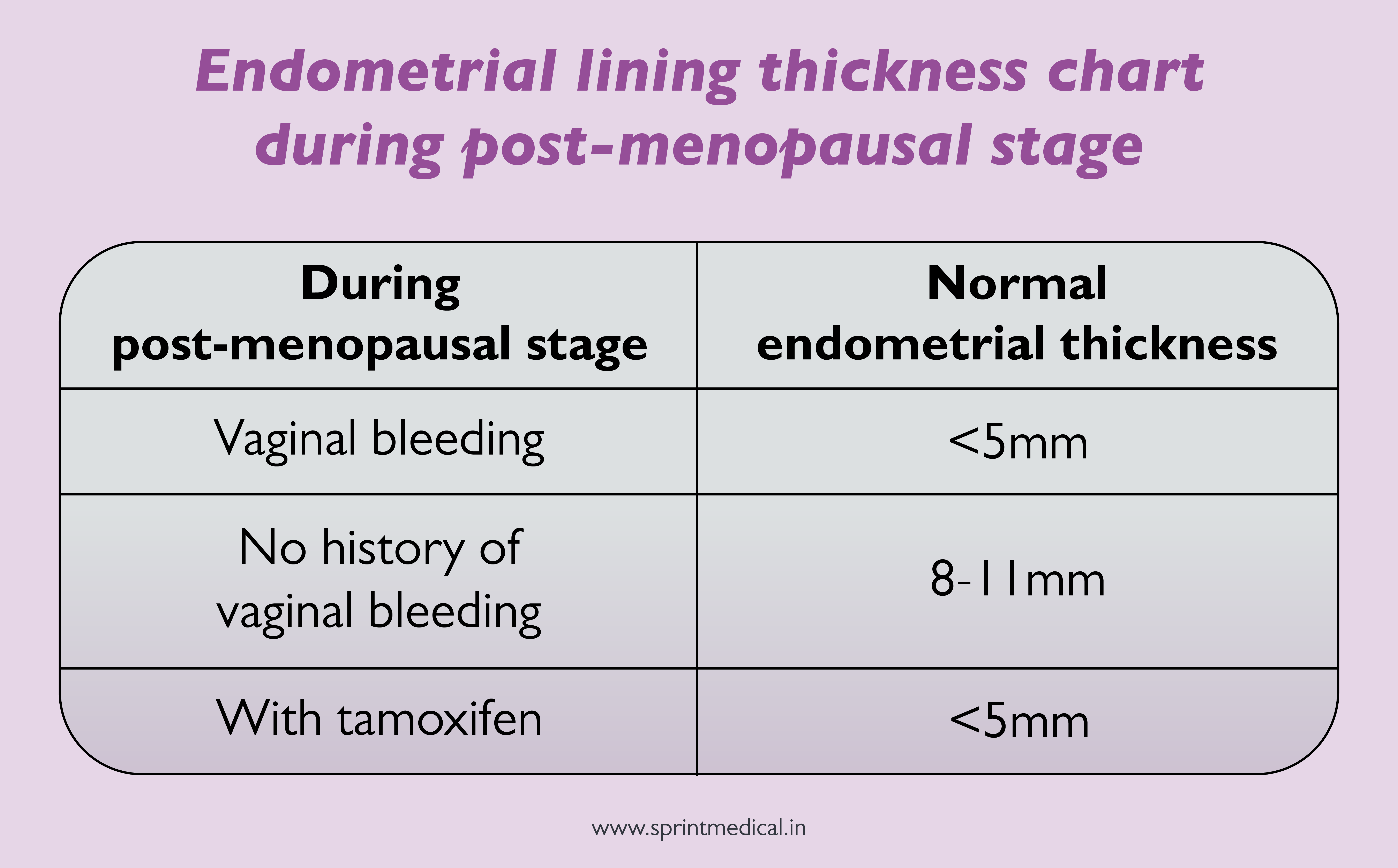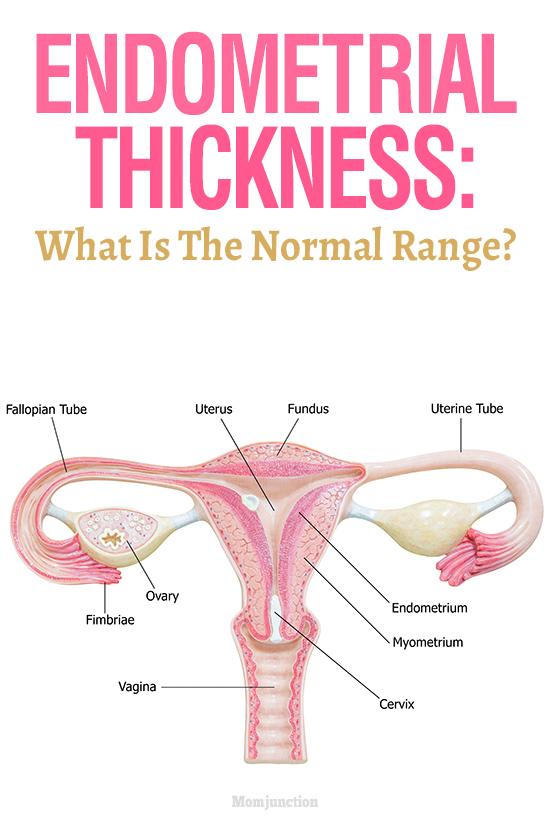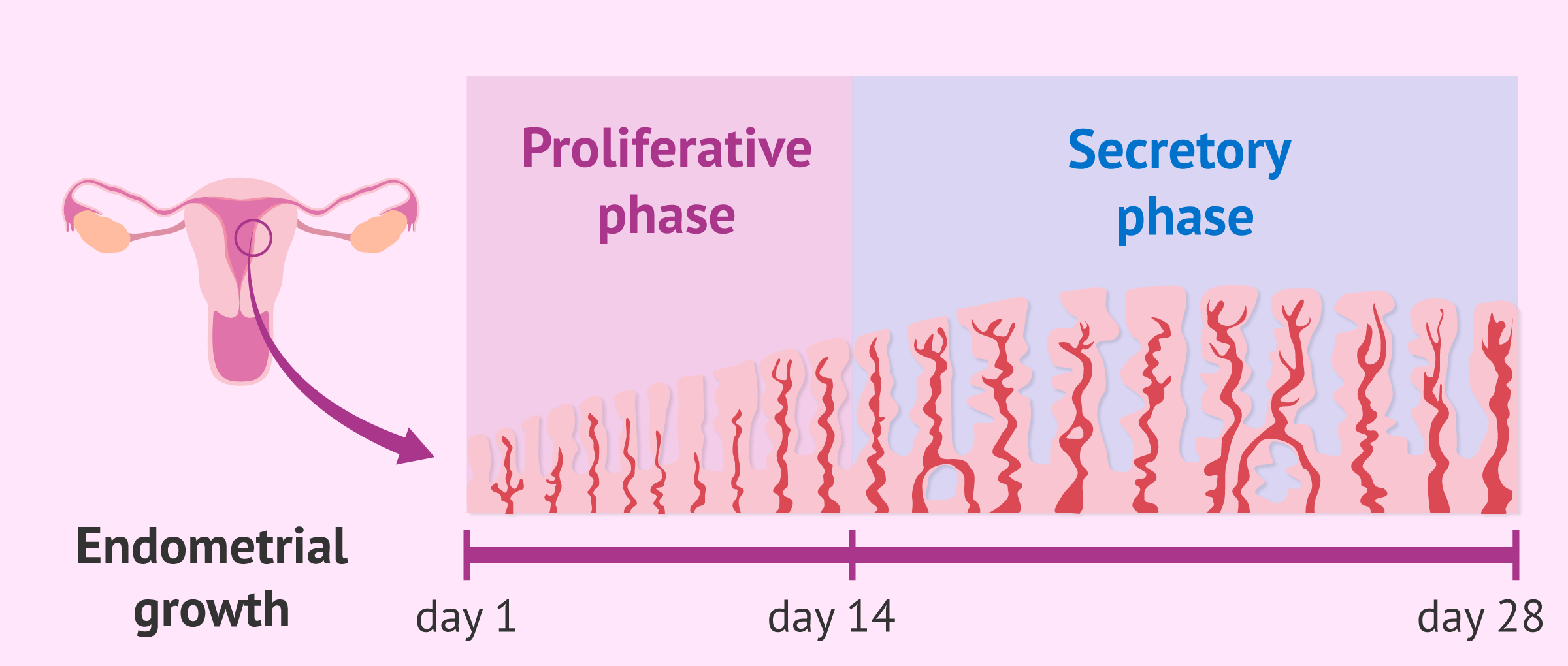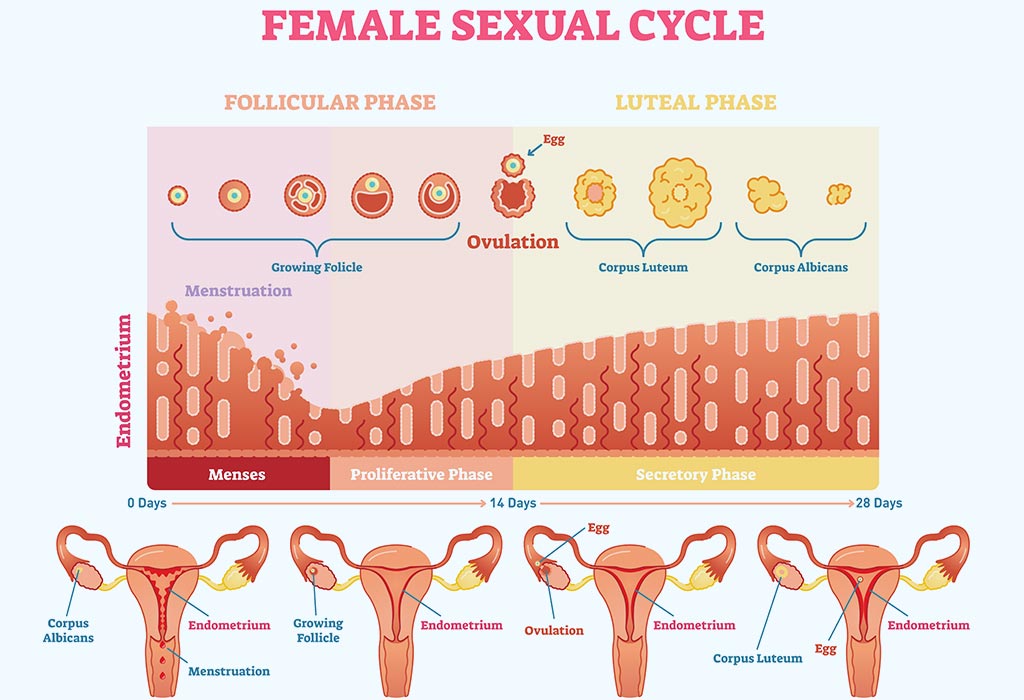Endometrial Thickness Ovulation - Following ovulation, another hormone (progesterone) begins to increase to. An endometrial thickness of less than 14 mm is typically considered normal at any stage of the menstrual cycle. As the cycle continues, the endometrium grows thicker up to 11 mm before ovulation and up to 16mm during ovulation. During ovulation, the endometrial thickness plays a crucial role in successful conception.
Following ovulation, another hormone (progesterone) begins to increase to. As the cycle continues, the endometrium grows thicker up to 11 mm before ovulation and up to 16mm during ovulation. During ovulation, the endometrial thickness plays a crucial role in successful conception. An endometrial thickness of less than 14 mm is typically considered normal at any stage of the menstrual cycle.
An endometrial thickness of less than 14 mm is typically considered normal at any stage of the menstrual cycle. During ovulation, the endometrial thickness plays a crucial role in successful conception. As the cycle continues, the endometrium grows thicker up to 11 mm before ovulation and up to 16mm during ovulation. Following ovulation, another hormone (progesterone) begins to increase to.
Endometrial Thickness Causes ,Symptoms & Treatment Birla Fertility & IVF
Following ovulation, another hormone (progesterone) begins to increase to. An endometrial thickness of less than 14 mm is typically considered normal at any stage of the menstrual cycle. As the cycle continues, the endometrium grows thicker up to 11 mm before ovulation and up to 16mm during ovulation. During ovulation, the endometrial thickness plays a crucial role in successful conception.
Uterine lining thickness chart
As the cycle continues, the endometrium grows thicker up to 11 mm before ovulation and up to 16mm during ovulation. During ovulation, the endometrial thickness plays a crucial role in successful conception. An endometrial thickness of less than 14 mm is typically considered normal at any stage of the menstrual cycle. Following ovulation, another hormone (progesterone) begins to increase to.
Endometrial Thickness
During ovulation, the endometrial thickness plays a crucial role in successful conception. An endometrial thickness of less than 14 mm is typically considered normal at any stage of the menstrual cycle. Following ovulation, another hormone (progesterone) begins to increase to. As the cycle continues, the endometrium grows thicker up to 11 mm before ovulation and up to 16mm during ovulation.
Endometrium Size During Ovulation
An endometrial thickness of less than 14 mm is typically considered normal at any stage of the menstrual cycle. As the cycle continues, the endometrium grows thicker up to 11 mm before ovulation and up to 16mm during ovulation. During ovulation, the endometrial thickness plays a crucial role in successful conception. Following ovulation, another hormone (progesterone) begins to increase to.
Endometrial Stripe Thickness Chart
An endometrial thickness of less than 14 mm is typically considered normal at any stage of the menstrual cycle. As the cycle continues, the endometrium grows thicker up to 11 mm before ovulation and up to 16mm during ovulation. During ovulation, the endometrial thickness plays a crucial role in successful conception. Following ovulation, another hormone (progesterone) begins to increase to.
Endometrial Thickness Ultrasound Image Appearances Endometrium
An endometrial thickness of less than 14 mm is typically considered normal at any stage of the menstrual cycle. As the cycle continues, the endometrium grows thicker up to 11 mm before ovulation and up to 16mm during ovulation. Following ovulation, another hormone (progesterone) begins to increase to. During ovulation, the endometrial thickness plays a crucial role in successful conception.
The Endometrial Cycle The Female Reproductive System The
As the cycle continues, the endometrium grows thicker up to 11 mm before ovulation and up to 16mm during ovulation. During ovulation, the endometrial thickness plays a crucial role in successful conception. An endometrial thickness of less than 14 mm is typically considered normal at any stage of the menstrual cycle. Following ovulation, another hormone (progesterone) begins to increase to.
Endometrial Thickness What Is The Normal Range?
Following ovulation, another hormone (progesterone) begins to increase to. As the cycle continues, the endometrium grows thicker up to 11 mm before ovulation and up to 16mm during ovulation. During ovulation, the endometrial thickness plays a crucial role in successful conception. An endometrial thickness of less than 14 mm is typically considered normal at any stage of the menstrual cycle.
What is the endometrium? Thickening, types and pathologies
As the cycle continues, the endometrium grows thicker up to 11 mm before ovulation and up to 16mm during ovulation. An endometrial thickness of less than 14 mm is typically considered normal at any stage of the menstrual cycle. Following ovulation, another hormone (progesterone) begins to increase to. During ovulation, the endometrial thickness plays a crucial role in successful conception.
Endometrial Thickness What’s the Normal Range for Conceiving?
During ovulation, the endometrial thickness plays a crucial role in successful conception. An endometrial thickness of less than 14 mm is typically considered normal at any stage of the menstrual cycle. As the cycle continues, the endometrium grows thicker up to 11 mm before ovulation and up to 16mm during ovulation. Following ovulation, another hormone (progesterone) begins to increase to.
Following Ovulation, Another Hormone (Progesterone) Begins To Increase To.
As the cycle continues, the endometrium grows thicker up to 11 mm before ovulation and up to 16mm during ovulation. During ovulation, the endometrial thickness plays a crucial role in successful conception. An endometrial thickness of less than 14 mm is typically considered normal at any stage of the menstrual cycle.









